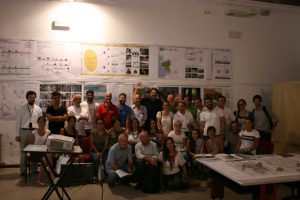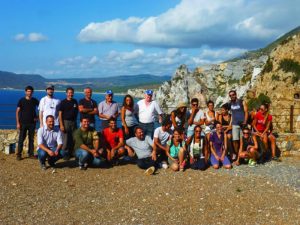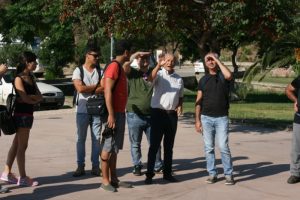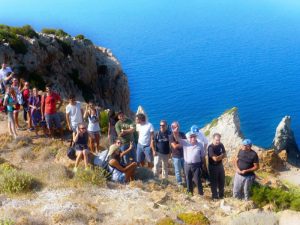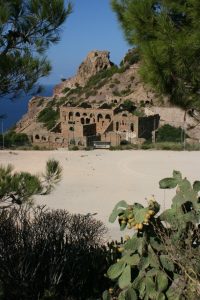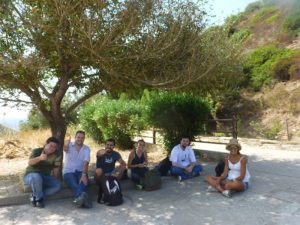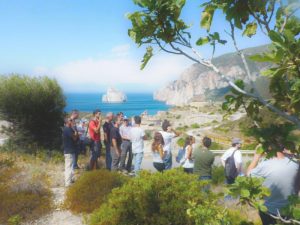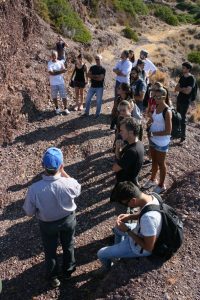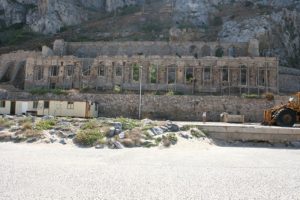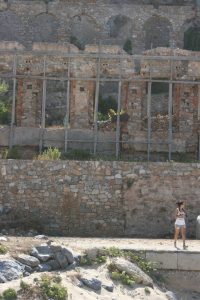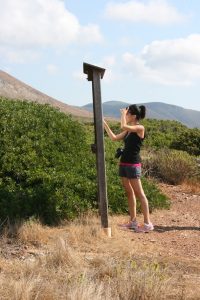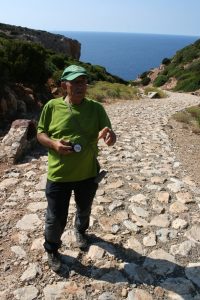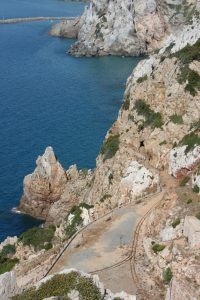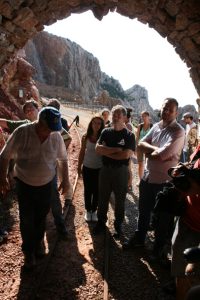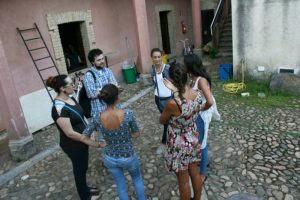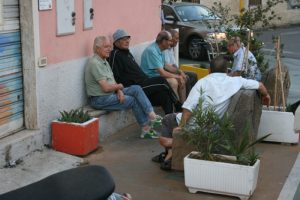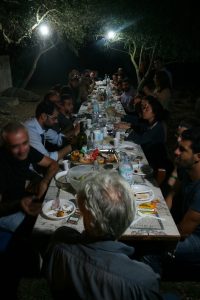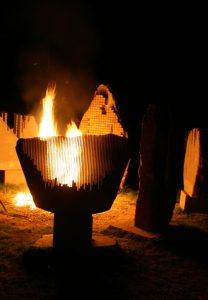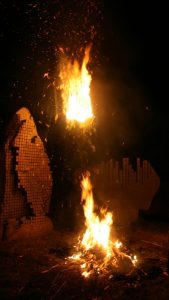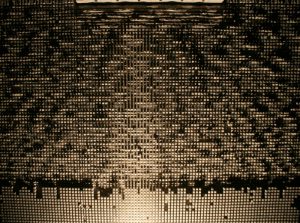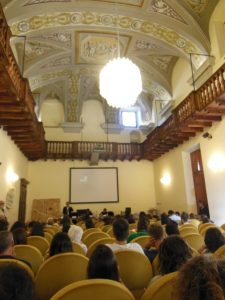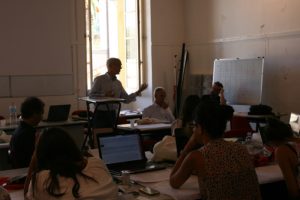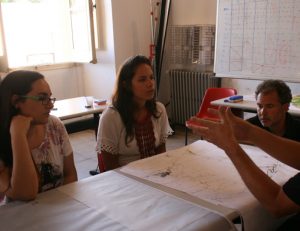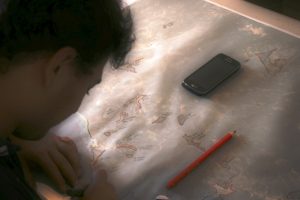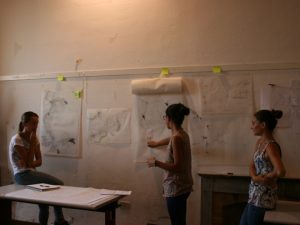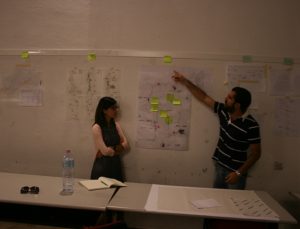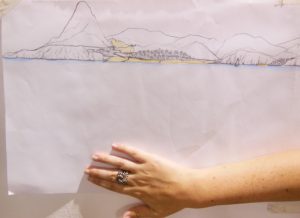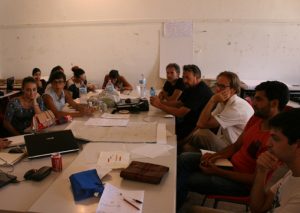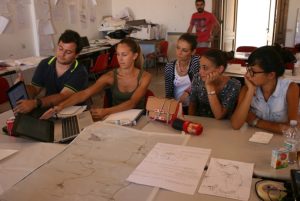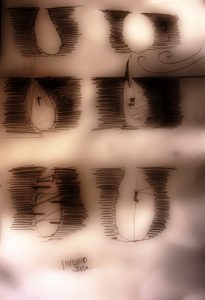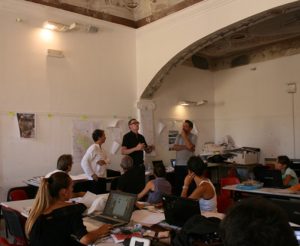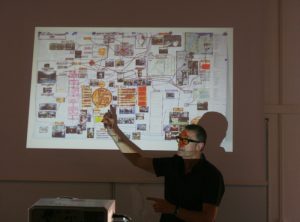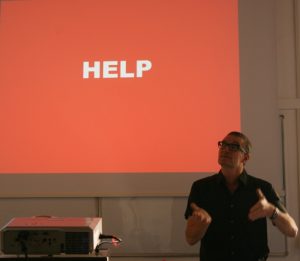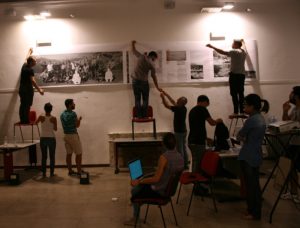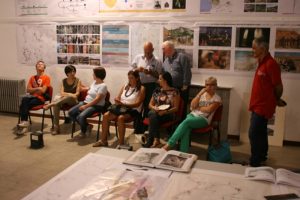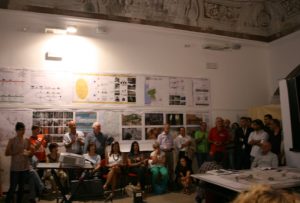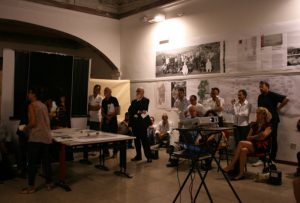Summer school Paesaggi Culturali.
As Gilles Clément argues, every rational organization of a territory produces a residue. Let’s start from this assumption to identify some strategies to direct some prospects for territories, which were proof of significant economies, cultural and urban processes as well, but now they disrupted the fabric of relationship with the places, scattering environmental and social “ruins” resulting from the dismantlement of mining activities and the weakness of the initiatives for the enhancement of the sites of industrial archaeology, usually promoted in an isolated manner.
Rethinking the future organization of some elements of the geo-mining heritage means to propose a logic of territorial equality, through focused interventions at the different scales, by which specific situations take on the value of urban centrality, while others rediscover the natural generative values, designing a territorial matrix of strategic places and opening up favourable opportunities for the involvement of the internal territories, for their contiguity with the nodes of the matrix. In this sense, all the interventions are focused on the overcoming the lack of facilities and features for the organized life, through actions to make accessible, to network and organize the modern life of these places, offering advantages of better liveability and usability for all the places and make new forms of citizenship possible, by involving temporary and permanent residents in local projects. In another sense, connecting the small hamlets and rural residential areas to the coast through urban structures, services and supporting functions, can help to enhance the public and representative use of the coastal mining sites, which require actions for revitalization, environmental restoration and safety, recovery and innovative reuse for some monumental structures and pathways related to the past of the places.
Secondly, far from the idea of object-oriented museum culture, we propose a spatial perspective to access the mining culture as a genuine process of cultural production through the transformation of information into knowledge, borrowing some of the typical processes of the contemporary library world, intended as a service and a “glocal” system, to put Bauman, extremely dynamic and vital, which is actively projected towards its users and to the territory and which adjusted and redefined itself, as the environment change. As such, this territorial system must reorganize and manage its components: the structural aspects, its institutional purposes and the rules governing the action, its documentary collections, the expertise, the new technologies (and the resulting digital divide) and the used equipment, the financial resources, and so on.
The project area from which to set the spatial strategy includes an articulated waterfront, poorly accessible because of the cliffs overlooking the sea, which runs from the mining town of Buggerru, crossing the harbour of Cala Domestica, the Gulf of Masua and the coastal hamlet of Nebida, with the remains of washery buildings, warehouses and other structures evidence of the mining past, looking inward through external, internal and underground pathways, that cover a larger territory than perceptible. Some elements for thought:
A first order of elements concerns with the institutional role of the persons responsible for the management of the historical and environmental heritage, the construction of the civic body and the governability of the process through the implementation of a collaborative management process.
A second set of elements concerns with the opportunity to convert an industrial-oriented organization (and economy) in an environmental-oriented organization (and economy).
A third set of elements relates to the construction of project scenarios through public debate, with the help of professional and technical skills (in restoration, participation, art, culture, environmental restoration ect.) to build an interactive dimension with local actors permanently involved in the life of the territories and pursue employment opportunities through the reorganization of new urban functions and the reuse of skills and experiences of mine workers.
Among all participants: students, profesors and experts from related fields we were working with, we would like to specially thanks to miners and people from selected local communities as the Parco Geominerario Storico e Ambientale della Sardegna and Associazione Pozzo Sella.
Particular thanks for participation are adressed to Pinuccio Sciola – a sculptor and muralist from San Sperate, Sardinia (something about him is possible to see here and about his work here and here); and to a Swiss artist Thomas Hirschhorn (something about him is possible to see here).
Also, PaPs presented its work within the seminar program aiming to present the projects on participation and social inovations – public art and social spaces as a opportunity for reconstruction of social links in communities. More about it is possible to read here.
lectures / Gallery

